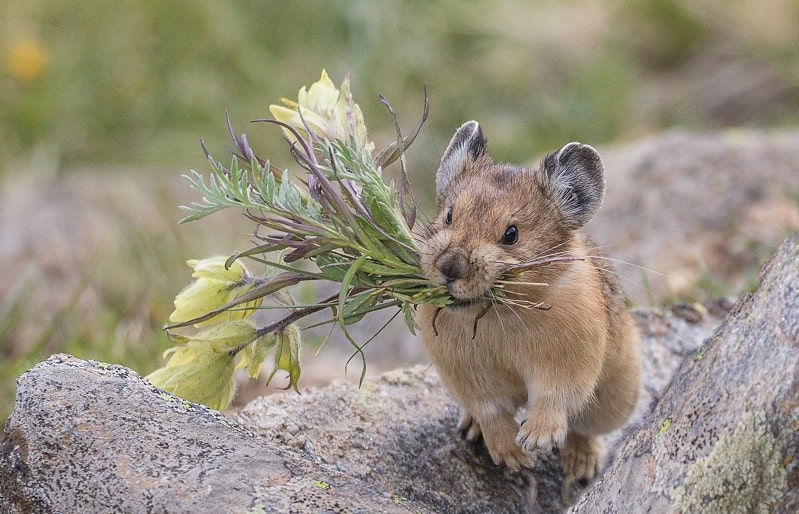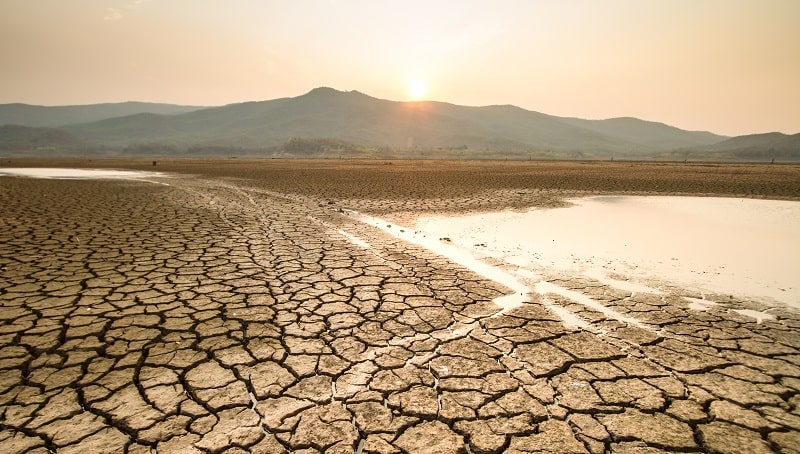The Arctic Shelf. Areas on our planet are defined by extremes. They represent the harsh bleakness fringes that Nature can create. They also show the vulnerable balance keeping ecosystems around the glove alive. The ice shelves form when ice from the coasts moves into the oceans and continues to grow. In the Antarctic alone, ice shelves cover more than 1.5 million square kilometers, creating a landscape unlike any other.
Fluctuation has always been a part of ice shelves, elemental forces putting constant strain on the otherwise ever-growing mass have pushed it to extremes. Eventually, these cycles of growth and damage result in pieces breaking off the shelves. These potentially massive pieces of floating ice are what we know as icebergs. However, what was a natural part of the natural world, is taking a worrisome turn in the last few decades.
Arctic Shelf at Risk of Cracking
Climate change and its effects on the planet are incredibly complex. So, while breaking ice and fluctuation are natural parts of this habitat, they also color in the signals of climate change becoming louder. Just last year, a giant iceberg measuring 5.800 square kilometers (a staggering 2,239 square miles) broke off the Antarctic ice shelf of Larsen C. The calving event that created the cracked ice — the size of the Indonesian island of Bali — occurred in an area of the continent experiencing warming temperatures since the 1950s.
Although island-sized icebergs only create a minimal risk to immediate concerns such as sea travel, the incident does spell signs of increased instability at the Arctic ledge. However, the rate of ice cracking is potentially not directly linked to climate change. Cracking ice has always fluctuated the mass of ice shelves. Still, the overall state of the Arctic, and the decay of the shelves is still a warning.
The Arctic is Melting
Notwithstanding the muddled crack status in the Arctic Shelves, another concern exists around the reduction of mass in ice shelves. Melt has been observed to be the largest ablation process of shelves. Unlike the Bali-sized iceberg that broke off in 2022, in 2021, due to erratic El Niño weather, an ice patch the size of Texas began to melt into puddles of icy slush, located at the Ross Ice Shelf in Antarctica. Although it eventually re-froze, just like the cracking ice, it gives an alarming glimpse into the future. Even worse, unlike the dramatic example occurring two years ago, the majority of melting occurs hidden from plain sight. As warmer ocean currents make their way into deeper water, they begin eroding the shelves from underneath.
Melting does not mean a direct risk of a rise in sea levels. The true danger, just like the breaking away of icebergs, lies within the potential of a complete collapse. And as Climate Change warms up the Planet, rising air temperatures begin to erode the shelves from above. The decay of shelves like Ross and Larsen C. could result in a devastating domino effect. One of the primary effects of the Arctic Shelves is their role in helping keep the Antarctic ice on land. By creating a barrier between the coastal lines and the ocean, it halts massive glaciers from sliding off into the sea.
Unlike individual pieces of cracked ice, the pouring of land-bound water into the oceans could have a dramatic impact on oceans levels. Estimates are ranging from 3 to 3.5 Meters of swell. And a rise in sea level not only increases the risk of flooding for hundreds of millions of people. It also risks the safety of metropolises such as New York City, Shanghai, and Tokyo.
A careful balance
Rising sea levels are only one of many risks associated with Climate Change’s endangerment of the Arctic Shelves. The immeasurable complexity of the natural world is once more illustrated in this case. Studies find that a change in the chemistry of the ocean waters surrounding the Arctic is happening. With the melting of ice pouring more sediment into the water, levels of radium-228 have increased significantly in the last ten years.
The most direct impact of this is on marine life. With the chemical balance affected, the resulting change in nutrients could alter the Arctic food chain forever. The complexities of altering variables in a formerly intrinsically cohesive eco-system are known. It is hard to predict the effects this will have on the stability of biodiversity in oceans all over the globe. Most notably in the population of plankton and their tight coupling with species relying on them for nourishment.
In general, the effects global warming has on the Arctic Shelves can be observed through its inhabitants. As the iceberg broke away from the Larsen C. shelf back in 2017, it also revealed to scientists an ecosystem formerly hidden away by thick layers of ice. We discover species that could be seen as the poster children for resilience on Planet Earth, living in some of the harshest, coldest conditions on the seabed of the Arctic. But they also further emphasize how vulnerable and powerless these master survivalists are to the effects of climate change. And as the Arctic Shelf decay is accelerating, the future of this rugged landscape remains uncertain.
-
Although disproved, the notion of a “climate change hiatus” is one that perpetuates in the…
-
Fossil fuels produce electricity, run car engines, make plastics, and power mills, factories, and industries.…
-
The pika may be the next victim of climate change. Like animals across the globe,…
-
Oxygen is one of the most precious elements on Earth. Humans, plants, animals, and just…
-
If you pay any attention to the impact climate change is having on our planet,…
-
Methane gas is found in landfills, manure, and wetlands. Both natural and man-made activities produce…
-
The Colorado River winds its way through the Southwestern United States, ending in northern Mexico.…
-
Some people have proposed carbon sequestration as a solution to global climate change. But what…





